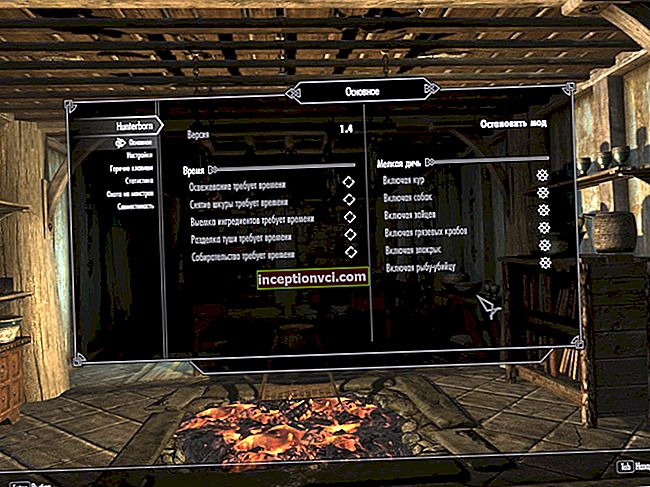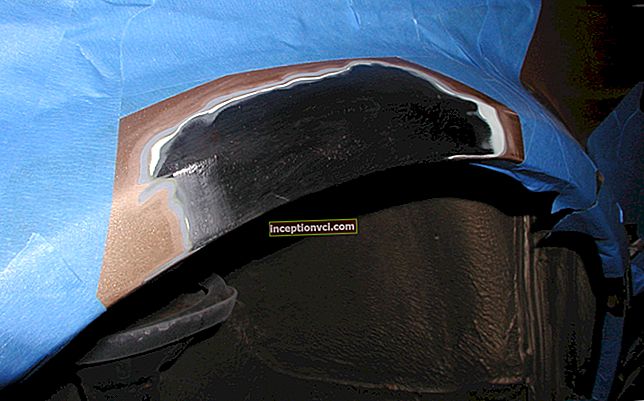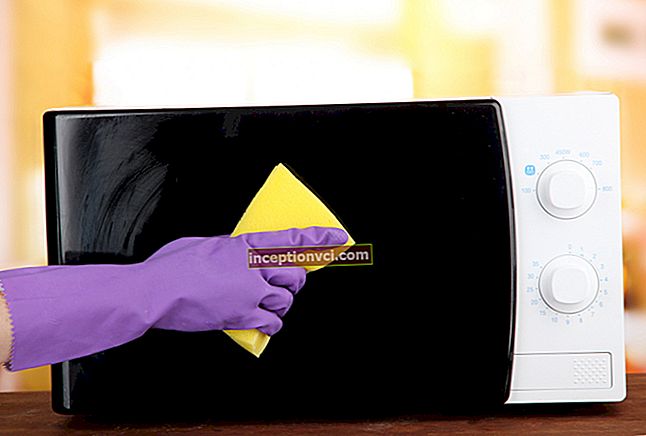
SPECIFICATIONS
• Sensor: CCD 1 / 2.3 ", 14.1 MP eff.
• Snapshot recording: JPEG, maximum size 4320x3240 pixels
• Video recording: MOV (H.264), 1280x720 pixels, 30 frames / s; zoom does not work, max,
video duration 10 min
• Lens: 28-112 mm in 35 mm equiv. f / 2.8 (W) -f / 5.9 (T)
• Stabilizer: optical, three modes of operation
• Focusing: 9 point AiAF, center point; priority face tracking
• Focusing distance: from 0.03 m in macro mode (W)
• Exposure metering: matrix, center-weighted, area-based spot
focusing on basswood
• Exposition: auto, 22 scene programs, motion detection mode,
Intelligent Scene Selector, Intelligent Contrast, Night Mode with Manual
setting the shutter speed
• Exposure compensation: ± 2 EV in 1/3 EV steps
• Exposure range: 15-1 / 1500s (depends on the mode)
• Sensitivity: auto, 80-1600 ISO, 3200 ISO at 3.5 MP
• White balance: auto, 5 presets, by sample
• Flash: auto, red-eye removal, fill, slow
synchronization
• Burst shooting: 0.7 frames / s
• Display: 2.7-inch, 230,000 dots
• Viewfinder: not
• Memory: SD, SW 1C, SDXC
• Interface: HDMI mini, audio video output, USB2.0
• Food: Li-ion battery NB-4L, 760 mAh
• Dimensions, mm: 92,2x56,1x17,8
• Weight, g: 133 (with batteries and card)
In the past, only one company could boast of having really thin cameras with a body depth of less than 2 centimeters - Casio. Having become adept in microelectronics, having come up with many tricks for a more compact arrangement of components, this manufacturer began with enviable regularity to release small cameras that were already disappearing, to the delight of the public and the envy of competitors. But as the years passed, eminent competitors increased their competence in matters of miniaturization.
Even Canon, which is usually slow to react to fashion trends, has expanded its IXUS lineup with an 18mm camera by 2009. Dashing trouble began, and a year later, trimming and polishing the shape of its firstborn IXUS 130, significantly improving its characteristics and endowing it with an even more irresistible appearance.
Key innovations include a wider lens with a longer focal length range, a range of fun and useful modes, a slightly larger display and a higher resolution sensor that adds 320 x 240 dots in width and height, respectively. The increase is not that significant and hardly had a positive effect on the picture, but one cannot lag behind competitors' proposals. The novelty is one of the few devices currently compatible with SDXC cards, but this is not yet very relevant, since at this stage of development "flash drives" with a minimum volume of 64 GB for this format cost more than the camera itself. A miniature lens with the equivalent of 24mm at a wide angle will prove useful to any amateur photographer. The frame will easily include friendly feasts, group portraits, a spacious landscape and large architectural structures - in cases where it is not possible to move a significant distance. However, it should be borne in mind that the lens gives a significant barrel-shaped curvature of the geometry even in the middle position of the zoom and easily catches the sun "spots" but when shooting against the sun. As for the sharpness and clarity of the picture, then the situation is ambiguous. On the one hand, the IXUS 130 manages to capture sometimes surprisingly small details, but on the other hand, the image when viewed at maximum magnification seems to be covered with a thin transparent veil, slightly damp and smoky. When publishing on the Internet, viewing it on a monitor or TV, as well as printing up to 13x18 cm in size, such looseness of the picture will be invisible. But the color distortions formed at the boundaries of contrasting objects, especially in the area of confusion, may appear too strongly in some situations. We did not notice anything like this behind the usual 3x IXUS 100 IS lens, but this is the usual price for universal focal length and diminutiveness.
It is very pleasant to shoot with this camera and just hold it in your hands.Everything works on a positive impression: the traditional well-thought-out IXUS control, high quality of the case, harmonious design, captivating pleasant textures, functionality that is wide enough for various experiments and predictability of the result. The miniature controls recessed flush into the body, oddly enough, do not create inconvenience in the process of working with the camera. Although some tactile markers on the keys would be quite useful.
Recently, Canon developers have begun to pay more attention to the development of various automatic intelligent functions in their compacts. So, the IXUS 130 was full of the now popular mode, in which the camera independently selects the optimal scene program from its arsenal. The set, I must say, is quite large - 22 options, but we did not succeed in finding such conditions to make the camera demonstrate all of them. Shooting parameters in such a "smart machine" are selected more adequately to the conditions than in the simple "green" mode, however, its efficiency is significantly reduced in low light conditions, as well as focusing performance. In addition, there appeared “smart” self-timer modes, one of which we really liked. With it, you can release the shutter by standing in front of the camera lens and just blinking - no remote controllers are needed. A variety of creative picture processing functions are exciting, from Canon's familiar Swap or Color Accent Modes to the new Miniature Effect. With its help, you can apply a gradient mask to the image, simulating a shallow depth of field. The size and position of the clear area can be very flexibly adjusted.
The video mode is quite ordinary: they are not inferior in quality to competitors, they do not differ in special advantages.
ZOOM LEVER

The zoom lever is a classic example of how functionality can be compromised in the pursuit of beauty. In order to preserve the smoothness of the surface of the device, the designers separated the shutter release button and zoom control, which have been inseparable for generations. As a result, zooming is less convenient.
CONNECTORS

Under the cover in the corner of the rear panel - together, frankly speaking, unconventional - the developers fit a standard mini HDMI connector, which allows you to display a picture on an LCD TV in high quality. And although the cable itself is not included in the kit, it is easy to find it on sale for 80-100 UAH.
DISPLAY

The optical zoomable viewfinder, which IXUS compacts did not want to part with, fell victim to the enlargement of the display diagonal. Only those who were ready to put up with the inferior and inaccurate picture that he showed in order to save battery power when the display is off will be sad about him. Everyone else will enjoy the big and bright screen.
TEST RESULTS
• Autonomy: about 250 frames
• Noises: sometimes noticeable at low sensitivity, a significant drop in detail
from 800 ISO
• Exposition: flawlessly
• White balance: normal, warms up with incandescent lamps
• Focusing: usually normal, lack of confidence in backlight and low light
• Work speed: average, no complaints
• Special pluses: great design and performance, excellent set of functions,
good work of intelligent machine, effective stabilizer
• Special cons: weak video mode, low quality optics, small
disadvantages of ergonomics
CONCLUSION
A pleasant-to-talk and attractive-looking miniature device with an adequate price does not always please with the result of its work. You should look for an alternative if you want to shoot high-quality HD video. But, against the background of 14 MP classmates, the IXUS130 looks very good as a camera.









